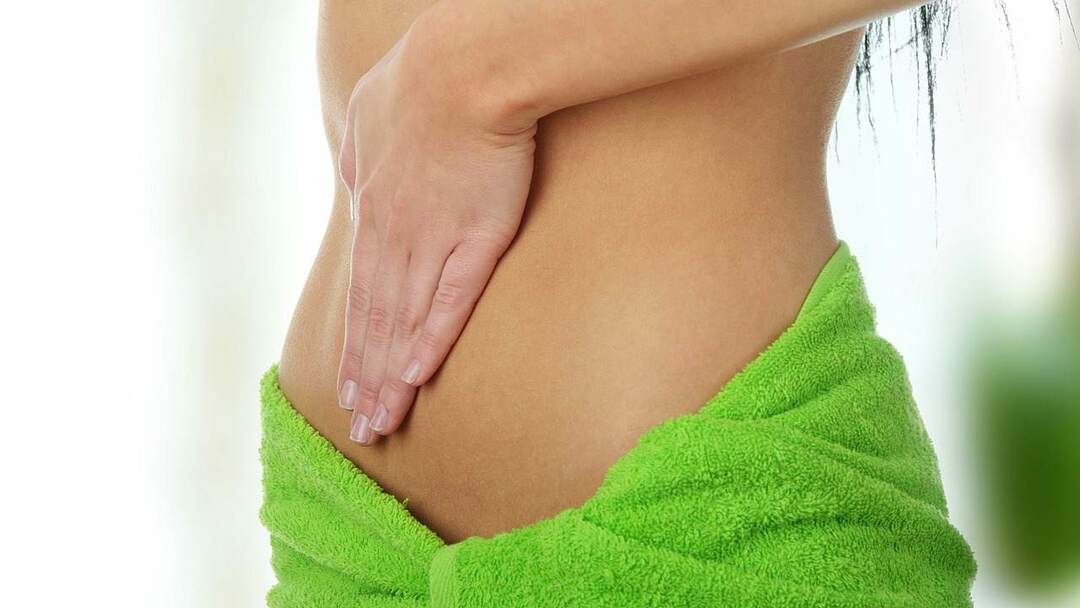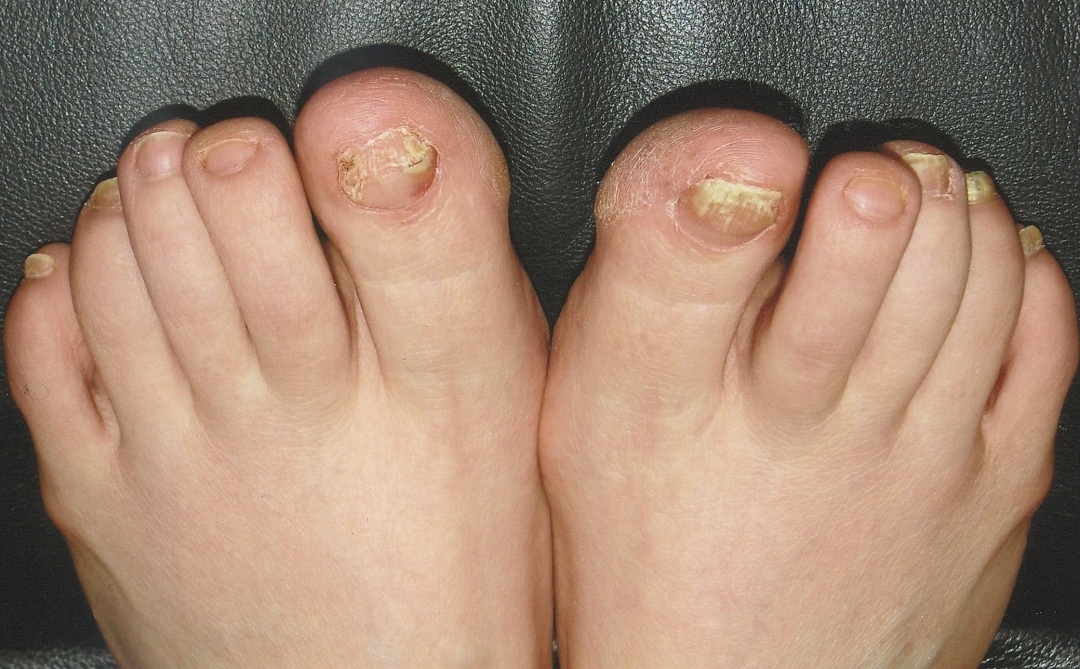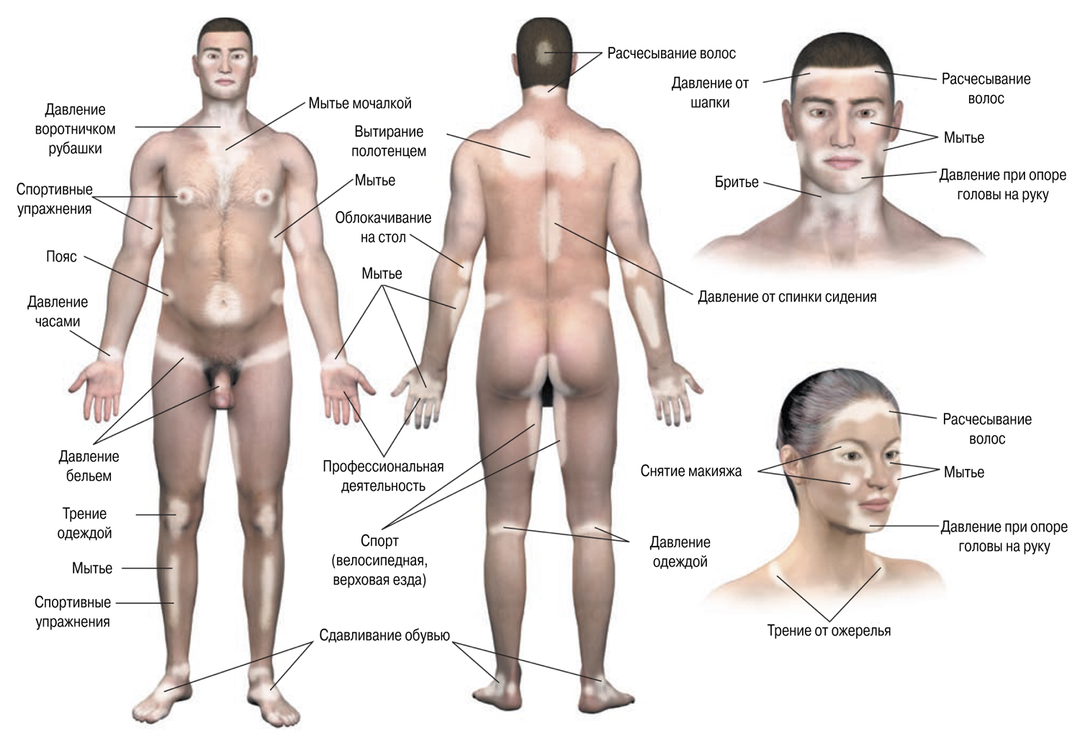Pink lichen: how to treat medicines, ointments, creams, pills
Content
- What is lichen rosacea?
- Causes of pink lichen
- Symptoms of pink lichen
- Diagnostics
- Pink lichen treatment
- Treatment of children
- Drugs used to treat lichen rosacea
- Diet during treatment
- Forecast
- Prophylaxis
What is lichen rosacea?
Lichen pink (or also called pink pityriasis, Gibert's disease, flaky roseola) Is a relatively light skin diseasecharacterized by a scaly rash of salmon or pink color. Pityriasis rosea most commonly affects children and young adults. Many people with pityriasis rosea develop a characteristic rash after vague, nonspecific symptoms that resemble those associated with an upper respiratory tract infection.
The rash usually settles on the back, chest, and abdomen and heals on its own within one to three months. Certain treatments can shorten the duration of the rash. Researchers believe that Gibert's disease is caused by an infectious pathogen (fungi, viruses, bacteria, and so on.), but exactly which pathogen causes the disease to isolate and identify could.
Causes of pink lichen
Pityriasis pink appears most often in children and young people, 10-35 years of age, always during an outbreak of colds, even if the person himself does not catch a cold. How to treat pink lichen, doctors unanimously prescribe medicinal ointments.
Even in the absence of treatment, lichen spots often disappear on their own, within a few months. The exact cause of pink lichen is not fully understood today, scientists suggest an infectious, allergic etiology, there are even indications of the herpes virus as a possible cause of the development of pathology.
Based on this, modern medicine classifies lichen pink as an erythema of an infectious-allergic nature.
Practical medicine notes the following main factors of occurrence:
- season of colds and infectious diseases;
- recently rescheduled angina, ARVI;
- enduring severe stress;
- hypovitaminosis (lack of vitamins);
- skin injuries;
- chronic somatic diseases in the acute stage;
- frequent use of aggressive cosmetics, hard washcloths in bathing. The products wash off the protective surface layer of the epidermis, the skin loses its natural protection.
The disease begins with the appearance of 1-3 bright pink spots, in diameter up to 4-5 cm, with a flaky top layer (see. pictures below). The spots grow for about 10 days, then a lot of small red spots of a round and oval shape are "sifted out" from them.




They are localized throughout the body, legs, arms, chest, abdomen. Go to the groin area. Grips the inner thighs. Growth occurs quickly, in a week, each the spot reaches 2-3 cm, but do not merge, the skin between them becomes yellowish, begins to peel off, form small scales.
The edges of the spots are outlined in a pronounced pink color, do not peel off. New spots appear within two weeks, after which their gradual fading and disappearance begins. The pigmentation of the skin decreases, red fragments remain in the most affected areas.
Read also:Varicose eczema
The rash usually lasts one to three months for about in 80 percent of cases. Pityriasis rososa goes away on its own over time, even without treatment, and usually leaves no scars or permanent marks. However, people with darker skin may have residual dark spots at the sites of inflammation, which can remain on the skin for many months.
Symptoms of pink lichen
In many cases, the characteristic rash associated with Gibert's disease is preceded by an indeterminate nonspecific symptoms similar to those observed with a viral infection of the upper respiratory tract. Such symptoms and signs may include:
- fever (high temperature);
- headache;
- nasal congestion;
- a sore throat
- fatigue.
Sometimes there is no history of previous illness before the rash appears.
Diagnostics
To confirm the diagnosis, a dermatologist's examination is required, the specialist makes scrapings for a dermatoscopy. In a severe case of the course of the disease, a biopsy of the affected skin is performed for a histological examination of the material taken. This is required to exclude diseases similar to the clinical picture.
Scraping and sowing of the material taken for the study of the flora is carried out to determine the sensitivity of the infection to antibiotic drugs. Examination of the skin under the illumination of a fluorescent lamp helps to differentiate the diagnosis. To determine the absence syphilis the doctor prescribes a blood test for the Wasserman reaction.
The same symptoms can be a sign of different forms of lichen. The disease rarely proceeds strictly according to the textbook. Therefore, doctors warn sick people from self-treatment, a dermatologist's examination is required. According to people's reviews, what is the best way to treat lichen rosacea, all offer proven ointments.
Pink lichen treatment

Although the disease itself goes away within a few months, many patients want to get rid of an unpleasant cosmetic skin defect much faster. Therefore, the doctor, observing the clinical picture, prescribes the necessary treatment, explains how to follow the rules of hygienic care of the affected skin.
Often, deciding the question of how to treat pink deprive a person, the dermatologist prescribes ointments and tablets for internal use when he considers it necessary to prevent the infection from entering the bloodstream.
In the presence of severe itching, the dermatologist prescribes antihistamines in tablets, ointment against itching, most often it is Tsindol. As a rule, pharmacy "talkers" are appointed to carry out lotions. Also for the treatment of pink lichen, ointments are best. Acyclovir, Erythromycin ointment.
Basically, all dermatologists prescribe drugs tested in practice:
- Antihistamines for internal use against itching - Claritin, Suprastin, Cetrin.
- Corticosteroid drugs, steroid hormones used only in dermatology - Sulfur ointment, Hydrocortisone, Triderm, Riodoxol ointment.
- Strong antibiotic agents capable of killing various bacteria. Prescribed for severe disease.
- Antiseptic agents, as prevention of infectious inflammation, self-infection.
Read also:Neurodermatitis: symptoms and treatment
For the duration of treatment, patients are recommended to eat on a hypoallergenic diet, with the exception of sour, canned, fatty, spicy foods, any sweets. Avoiding alcohol and coffee is required.
Treatment of children
To prevent the child's infection from progressing, a classic talker is usually used. Its composition is ideal for children, because it contains harmless substances. When asked how to treat pink lichen in a child, parents use proven ointments. Talkers are often rejected because they have an allergic reaction to it.
It is easier to cure a child, since they still have strong tissue regeneration, unlike an adult.
When choosing an ointment for the treatment of children, the dermatologist takes into account the recommendations of the instructions in order to exclude complications, accurately calculates the daily dosage of use.
If the baby's skin is affected in a small area, strong drugs cannot be used, they can cause unwanted side effects. Often a dermatologist recommends taking vitamin and immunomodulatory complexes to strengthen the immune system, to help the body fight the infection itself. Not recommended take a shower, a bath during the treatment of erythema, since water provokes the spread of pathology throughout the body.
Drugs used to treat lichen rosacea

In deciding how to treat pink lichen in humans, ointments are not the main remedy. There are also special creams, directional tablets, which have shown their effectiveness in the practice of use by dermatologists:
- Loratadin tablets, with the main active ingredient - loratadine. Manufacturer - "Kievmedpreparat", Ukraine. For a long time, it suppresses itching, general irritation. They have no contraindications, except for individual intolerance, liver dysfunctions, pregnancy and lactation. It is allowed to use in children from 2 years of age. It has several analogues with a similar active ingredient - Lorizan, Claritin, Lotaren.
- Suprastin tablets, a widespread, time-tested drug against allergies of various etiologies. Manufacturer - Eshis pharmaceutical plant, Hungary. The main active ingredient is chloropyramine hydrochloride. After taking the pill, the effect is felt after ½ hour, lasts up to 6 hours. It has an affordable price, but also an extensive list of contraindications. Therefore, it is considered obsolete and rarely assigned.
- L-cet tablets and syrup, an antihistamine with the main active ingredient - levocetirizine hydrochloride. Manufacturer - Kusum Helthker, India. It is prescribed in situations where the clinical picture is manifested by itching, rash, urticaria, edema, allergies. The drug has few contraindications - individual non-perception, kidney pathology. Has no side effects. Its reception is prescribed in long courses, up to several months. It has analogues - Tsetrilev, Citrin, Ksizal.
Read also:Epidermophytosis of the feet
Many allergy medications cause drowsiness, so they are taken at night. If the drowsiness remains in the morning, the medication is changed or the dosage adjusted.
Diet during treatment
It is important not only to use drugs and apply ointments and gels to the affected areas of the body, but also to revise your diet, excluding "harmful" foods from it. It is necessary to follow the diet during the entire treatment. So, you need to exclude foods that cause allergic reactions:
- citrus;
- sharp;
- yolk;
- chocolate;
- red fruits and berries;
- nuts;
- alcoholic drinks;
- coffee;
- Black tea.
You need to eat dairy products and foods high in iron. It is necessary to drink as much mineral water as possible, compote made from fresh fruits.
Forecast
Lichen planus is a self-limiting, usually benign disease with an excellent prognosis and a low recurrence rate (approximately 2%). Since it is not considered a vector-borne disease, patients do not need isolation and can return to work or school. The illness usually lasts 6-8 weeks, but can last up to 3-6 months.
The main morbidity is associated with pigmentary changes that can develop during the healing of lesions, especially in people with dark skin. Both post-inflammatory hyperpigmentation and hypopigmentation can occur. However, the lesions do not result in scars. Bacterial superinfections can occur but are rare.
In pregnant women, the disease is sometimes associated with miscarriage if it occurs during the first 15 weeks of pregnancy, preterm labor or neonatal hypotension and hyporeactivity.
Prophylaxis
To prevent the appearance of lichen, the following rules must be observed:
- Do not overcool.
- Get rid of viral and infectious diseases to the end. At the end of treatment, drink vitamins for a long time.
- Try not to get nervous. With constant stress, drink sedatives.
- Boost the immune systemby consuming vitamins and protein foods.
- Lead a healthy lifestyle: temper and play sports.
- Keep the body clean.
- Take antihistamines for allergic reactions.
- Eat food that lacks or contains a small amount of preservatives, chemicals and flavors, which are one of the reasons for the decrease in immunity.



